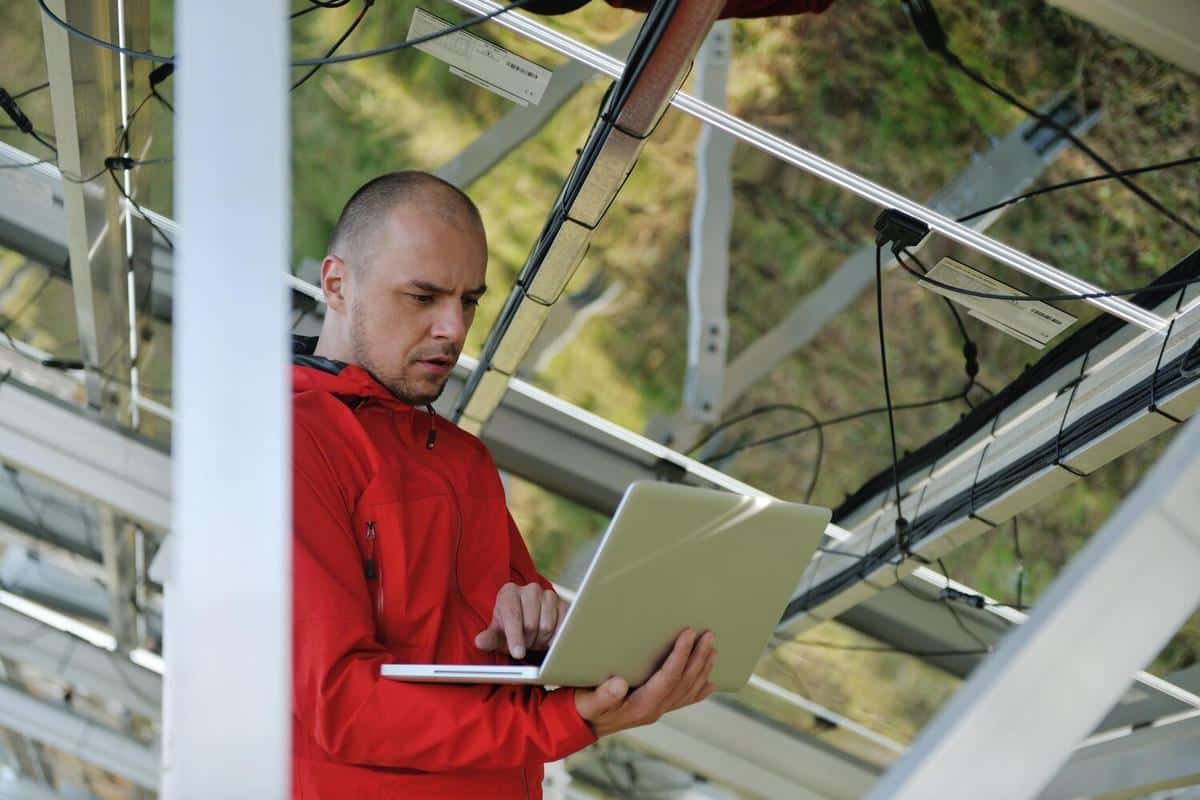
Renewable Energy Integration into the Grid: Challenges & Solutions
As the world intensifies its focus on sustainability, integrating renewable energy into the existing power grid presents both remarkable opportunities and significant challenges. Understanding these dynamics is crucial for creating a sustainable energy future.
Understanding the Integration Challenges
Renewable energy sources like solar and wind are inherently intermittent, which poses a challenge for grid stability. According to a recent report by the International Energy Agency, the variability of renewables can lead to fluctuations in power supply, making grid management more complex.
“The integration of renewable energy into the grid is not just a technical challenge but also an economic one,” says Dr. Mark Jacobson, a professor of civil and environmental engineering.
Moreover, the existing grid infrastructure in many regions is outdated and not equipped to handle decentralized renewable energy generation efficiently.
Exploring Solutions
There are several strategies that can facilitate the seamless integration of renewable energy into the grid:
- Grid Modernization: Upgrading grid infrastructure to smart grids can enhance the ability to manage and distribute electricity efficiently.
- Energy Storage: Utilizing battery storage solutions can help manage the supply-demand balance by storing excess energy generated during peak production times.
- Demand Response Programs: Encouraging consumers to adjust their energy usage during peak times can reduce strain on the grid.
- Policy and Incentives: Governments can play a pivotal role by implementing policies and incentives that promote renewable energy adoption and grid modernization.
Real-World Examples
In Germany, a leader in renewable energy, the Energiewende initiative has successfully integrated large amounts of solar and wind energy into the grid. This transition is supported by robust policy frameworks and investments in grid infrastructure.
| Country | Renewable Share (%) | Key Strategy |
|---|---|---|
| Germany | 42 | Policy Support |
| Denmark | 47 | Wind Energy Focus |
| China | 29 | Solar Expansion |
| United States | 20 | Energy Storage |
| India | 23 | Solar Parks |
| Spain | 39 | Wind and Solar |
| Australia | 24 | Rooftop Solar |
| Brazil | 46 | Hydropower |
Pro Tip: Investing in real-time data analytics for grid management can significantly improve the efficiency of renewable energy integration.
Looking Ahead
While challenges remain, the future of renewable energy integration is promising. With continuous advancements in technology and progressive policy measures, the path to a sustainable energy grid is becoming increasingly achievable.
FAQ
What are the main challenges of integrating renewable energy into the grid?
The main challenges include the intermittent nature of renewable sources, outdated grid infrastructure, and the need for advanced energy storage solutions.
How can energy storage help in integrating renewable energy?
Energy storage systems can store excess energy generated from renewables and release it during periods of high demand or low production, helping to stabilize the grid.
For further reading on renewable energy integration, consider exploring resources from the International Energy Agency and Energize.
Conclusion
In conclusion, integrating renewable energy into the grid is a complex but navigable challenge. By leveraging innovative technologies, supportive policies, and strategic investments, we can transition toward a more sustainable and resilient energy future. Let’s embrace these changes and work towards a cleaner world.